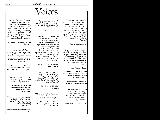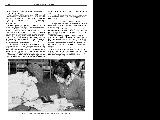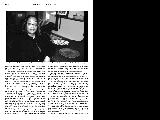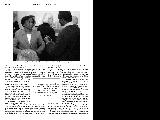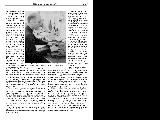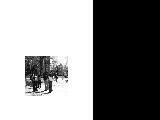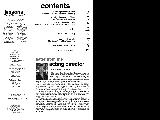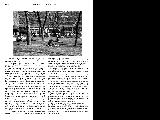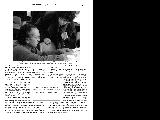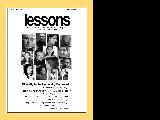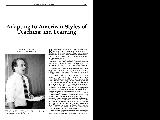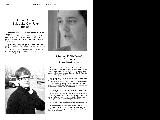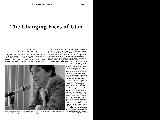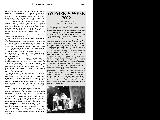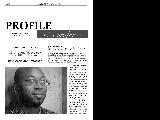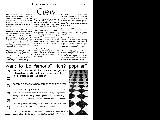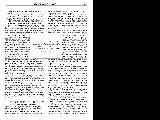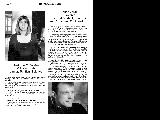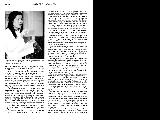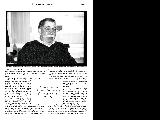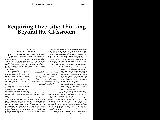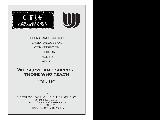| Title |
lessons, The Journal of the Center for Teaching & Learning Excellence at the University of Utah, Volume Three, Number 2, Spring/Summer 2002 |
| Subject |
University of Utah -- Students -- Periodicals |
| Identifier |
lessons6.xml |
| Publisher |
J. Willard Marriott Library, University of Utah |
| Date |
2002 |
| Type |
Text |
| Format |
application/pdf |
| Source Material |
Bound journal |
| Language |
eng |
| Rights Management |
Digital Version Copyright 2002, University of Utah |
| Holding Institution |
University of Utah |
| Source Physical Dimensions |
8.5 in x 11 in |
| Source Format |
Image files generated from QuarkXpress 4.1 |
| Display Resolution |
GIF: 800 x 1035 pixels; 72 dpi |
| ARK |
ark:/87278/s60001d9 |
| Temporal Coverage |
Spring/Summer 2002 |
| Setname |
uu_lessons |
| ID |
228130 |
| Reference URL |
https://collections.lib.utah.edu/ark:/87278/s60001d9 |

